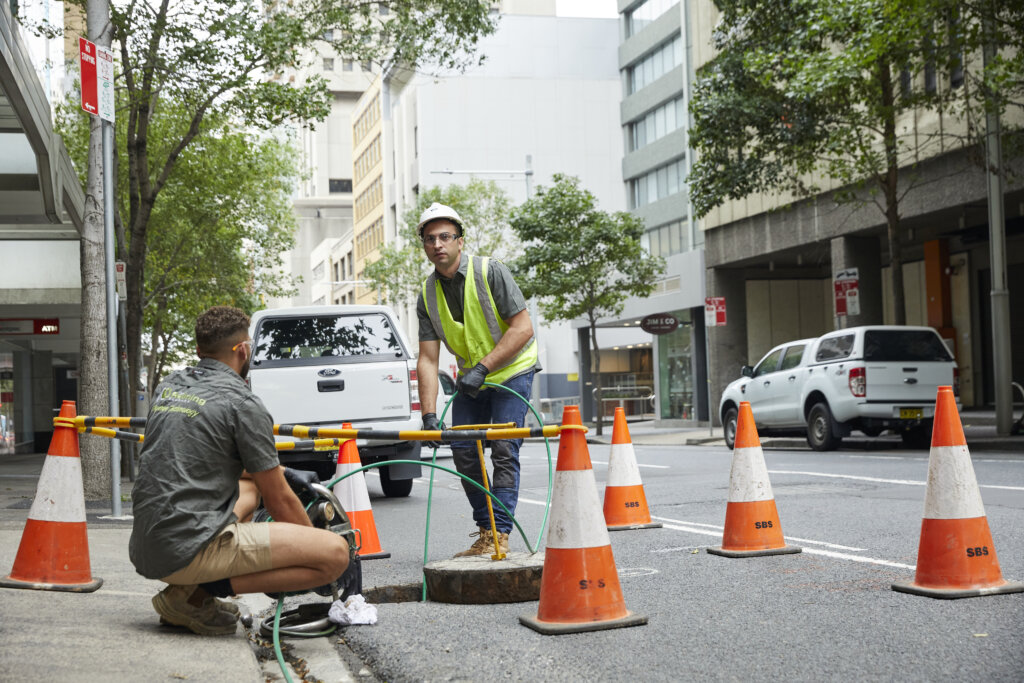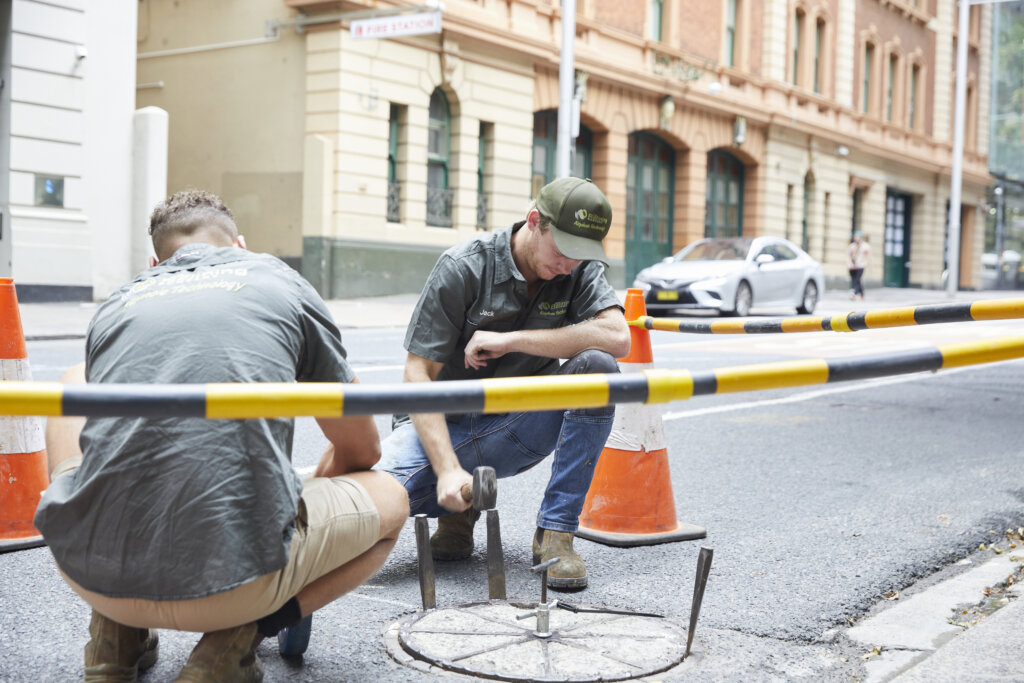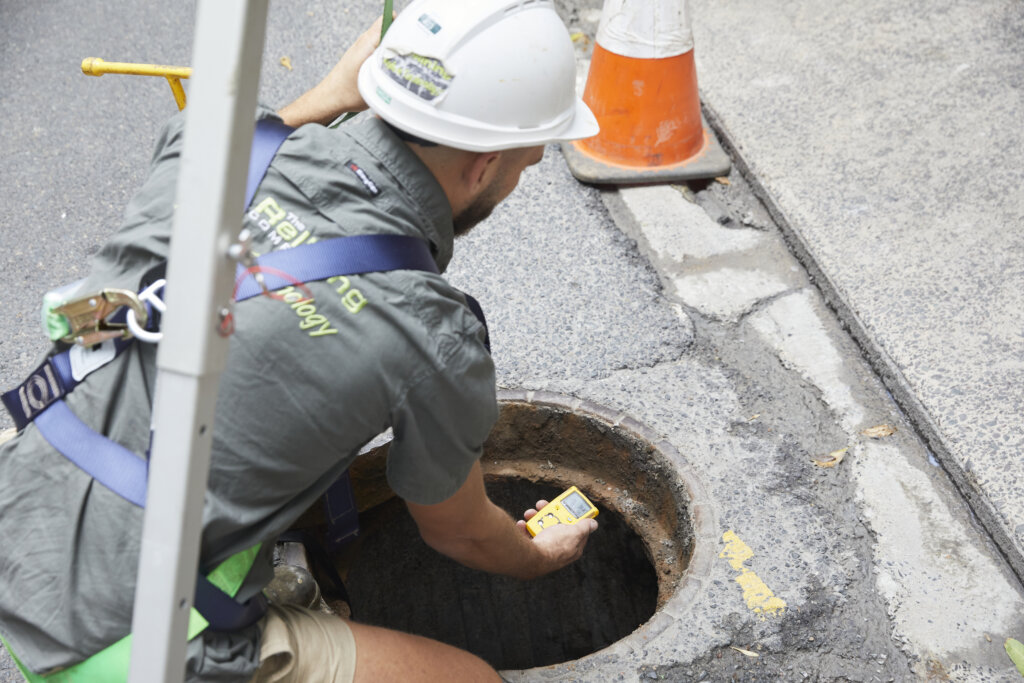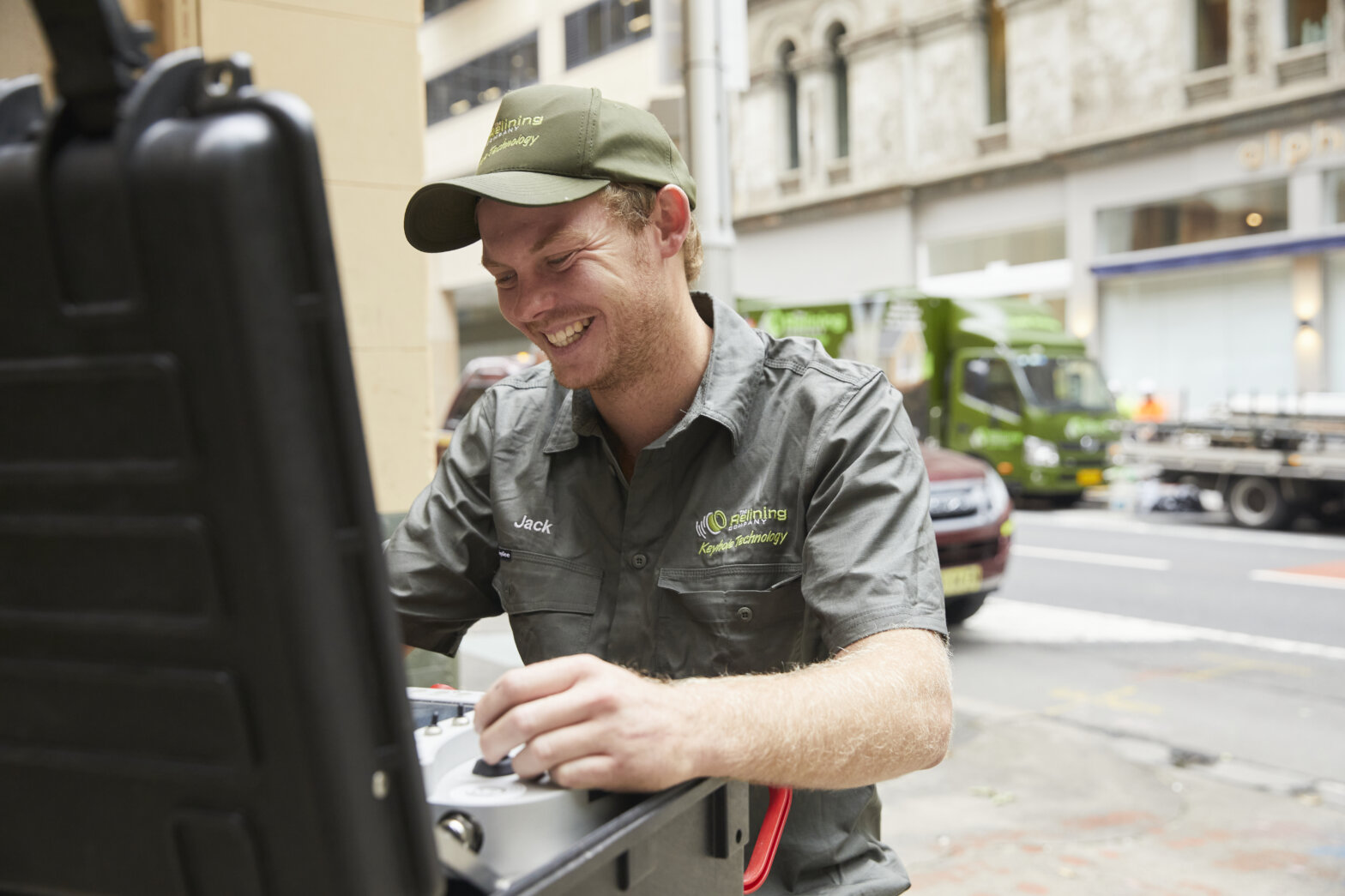A blocked drain may seem like a simple annoyance, but it can be the catalyst for significant plumbing problems that require swift emergency intervention. It’s essential to know the early warning signs and when to call a seasoned emergency plumber. Delaying action can make the problem worse, inflating costs and inflicting damage to your property’s plumbing system.
In this article, we’ll unpack the telltale signs of severe blockages that demand urgent plumbing attention. We’ll also share essential tips to help prevent these plumbing problems from escalating. From unusual water flow to weird gurgles and smells, understanding these signals can spare you from the surprise of a plumbing emergency and the inconvenience of extensive sewer repairs.
Signs That a Blocked Drain Needs Emergency Plumbing

When it comes to plumbing, a drain clog can swiftly spiral from a minor hitch to an emergency scenario. Knowing the symptoms that signal a serious blockage can steer you towards swift action to mitigate the problem. Here’s a closer look at these warning signs:
1. Slow Water Flow and Stagnation
- A noticeable decrease in water pressure and slow-draining sinks or tubs are classic indications of an impending clog in your plumbing system.
- These blockages constrict the passageway within the pipes, causing water to lose its momentum, which can lead to pools of stagnant water.
- Left unchecked, these pools can become a hotbed for microbes and insects, posing significant health risks.
2. Water Backups and Rising in Unusual Places
- Unexpected water pooling or backups in places like showers, tubs, or basement floors are alarming signs that your drain is blocked.
- These backups can lead to unwelcome overflows, which are not only unsanitary but also contribute to property damage, putting your house at risk.
3. Foul Odours and Unpleasant Smells
- Foul odours emerging from your plumbing fixtures can be the first hint of a blockage, even if the water seems to drain adequately.
- Accumulations of organic matter, such as grease or hair, decompose over time and generate pungent odours.
4. Leaks and Drips
- When pipes are blocked, the increased internal pressure can force water through even the smallest openings, resulting in leaks.
- Such leaks can occur anywhere in the system but are most common in joint connections or pipes compromised by wear or damage.
5. Strange Noises in Walls and Near Drains
- If you hear odd noises like gurgling or bubbling coming from your drains, it’s often a sign that air is trapped by blockages within your pipes.
- These sounds can be particularly noticeable after a toilet flush or when water is draining.
6. Chilled or Frozen Pipes
- In areas prone to cold snaps, blockages can exacerbate the freezing risk, as stationary water inside the pipes turns to ice more rapidly.
- Frozen pipes are a serious matter as they can lead to bursts and extensive water damage.
7. Visible Residue
- A visible buildup around drains, characterised by a chalky or scaly texture, often points to high mineral content in the water, which can cause blockages.
8. Excessive Plant Growth Near Sewer Line
- Lush vegetation near sewer lines may look benign but could indicate a seepage or leak from blocked or broken pipes, providing a nutrient-rich environment for plants.
Each of these symptoms can be a sign of drain blockages and an imminent plumbing crisis, underscoring the need for immediate professional inspection and intervention. Ignoring such signs can culminate in a full-blown plumbing emergency, bringing about disruptions and necessitating extensive repairs.
If you spot any of these issues, it’s crucial to consult with a trusted emergency plumber who can assess and rectify the situation before it deteriorates further.
Causes of Blocked Drains

A blocked drain can often catch homeowners by surprise, but it usually results from a series of factors that accumulate over time. Pinpointing the exact cause is key to not just clearing the immediate clog but also preventing further issues. Here are some typical culprits:
- Hair: One of the most common contributors to blocked drains, loose strands of hair can be entangled with grease and other sticky substances, creating a net-like barrier.
- Organic Growth: The warm, moist environment in pipes can foster the growth of mould, mildew, and algae, which can stick to the pipes’ inner walls and reduce the diameter for water to flow through.
- Foreign Objects: Items that aren’t meant for the plumbing system — like children’s toys, food scraps, or even small household objects — can become lodged in the bends of pipes.
- Scale Buildup: Hard water, with its high mineral content, can deposit calcium and magnesium compounds over time, leading to a narrowing of the pipe’s interior.
- Fats and Oils: When poured down drains, grease, fat, and oil can solidify, clinging to the pipe walls and trapping other debris, progressively closing up the pipe.
- Root Intrusion: Trees and shrubs seeking moisture can infiltrate sewer lines with their roots, causing significant blockages and potentially even pipe damage.
- Gas Buildup: Methane and other gases, as a byproduct of decomposition within the sewer system, can create pressure and impact the flow of water and waste.
- Non-Flushables: Products like wipes, sanitary items, and certain types of paper, all of which don’t break down easily, can accumulate and obstruct the normal function of the drains.
A combination of these elements can transform a fully functional drainage system into a problematic one. If left unchecked, what starts as a minor slow drain can lead to a situation requiring urgent professional plumbing intervention. Regular maintenance and awareness of what goes down the drain are pivotal in avoiding these common pitfalls.
What Should Be Done in Case of a Drain Emergency

A drain emergency can rapidly escalate, causing significant inconvenience and even property damage, which makes prompt and informed action essential. Here’s what you should do while awaiting professional help:
1. Assess and Halt Further Use
- Immediately cease using any fixtures associated with the problematic drain, be it a sink, toilet, or tub, to avoid aggravating the issue.
- Use a plunger gently if you suspect a minor clog, but avoid any aggressive DIY measures that might worsen the situation.
2. Identify and Remove Obvious Blockages
- Check for visible blockages within reach. Sometimes, simple problems like accumulated hair or a dropped object in a kitchen sink can be resolved without professional equipment.
- For toilets, a careful flush might be attempted if the water level seems stable, but repeated flushing in the face of a sewage backup should be avoided.
3. Contact a Professional Team
- Call for an experienced plumbing service at the first sign of trouble. They can provide valuable advice over the phone while on their way.
- If water levels in your toilet or sinks are fluctuating or if there’s an unusual odour, mention these symptoms to the plumber — they could indicate a more serious sewer drain issue.
4. Temporary Measures
- If safe to do so, use a homemade mixture of baking soda and vinegar to attempt to clear a sluggish drain, followed by hot water.
- Install hair catchers to preempt blockages, and routinely clean taps and showerheads to prevent mineral buildup from affecting water flow.
5. Maintenance and Prevention
- Schedule regular inspections and cleanings with your plumbing service to catch potential problems before they escalate.
- Consider investing in pipe relining if recurring issues are identified, a long-term solution that fortifies your sewage system against future blockages.
6. Document and Report
- Keep a record of all issues and maintenance work done on your drains and share this information with your plumbing team when they arrive. Detailed customer service experiences can often provide insight into recurring drainage issues.
7. Leverage Experience and Expertise
- Trust in the expertise and equipment of professional plumbers. They have the experience and tools necessary to diagnose and fix problems in a way that safeguards your home’s plumbing infrastructure.
By acting with both urgency and care, you can mitigate the immediate impacts of a drainage emergency while setting the stage for effective, long-lasting solutions.
Drain Emergency? Call The Relining Company

Facing a drain emergency in your shower or bathroom requires a response that’s both quick and wise. Entrusting this delicate job to certified plumbers who are not only well-versed in tackling these problems but also come equipped with the necessary tools and quality service is essential. Based in the Eastern Suburbs of Sydney, NSW, our team is trained to keep a keen eye on the subtle signs of complex clogs and plumbing anomalies.
Whether it’s a residential area or a commercial establishment, our swift intervention can make a world of difference. With just a quick call or online booking, you can secure an expert’s visit and receive a fair and transparent quote, ensuring that you know exactly what to expect both in terms of service and cost.
By adopting smart maintenance practices and not letting minor issues go unchecked, you minimise the risk of facing sudden, disruptive, and often extensive drain clogs. Remember, something as simple as a timely response can protect the integrity of your plumbing system and save you from the inconvenience of extensive repairs.
So, if you’re in the Sydney area, know that quality plumbing services are within easy reach. Do the right thing and book a visit with The Relining Company, your trusted partner in navigating the choppy waters of drain emergencies.
Back to Top